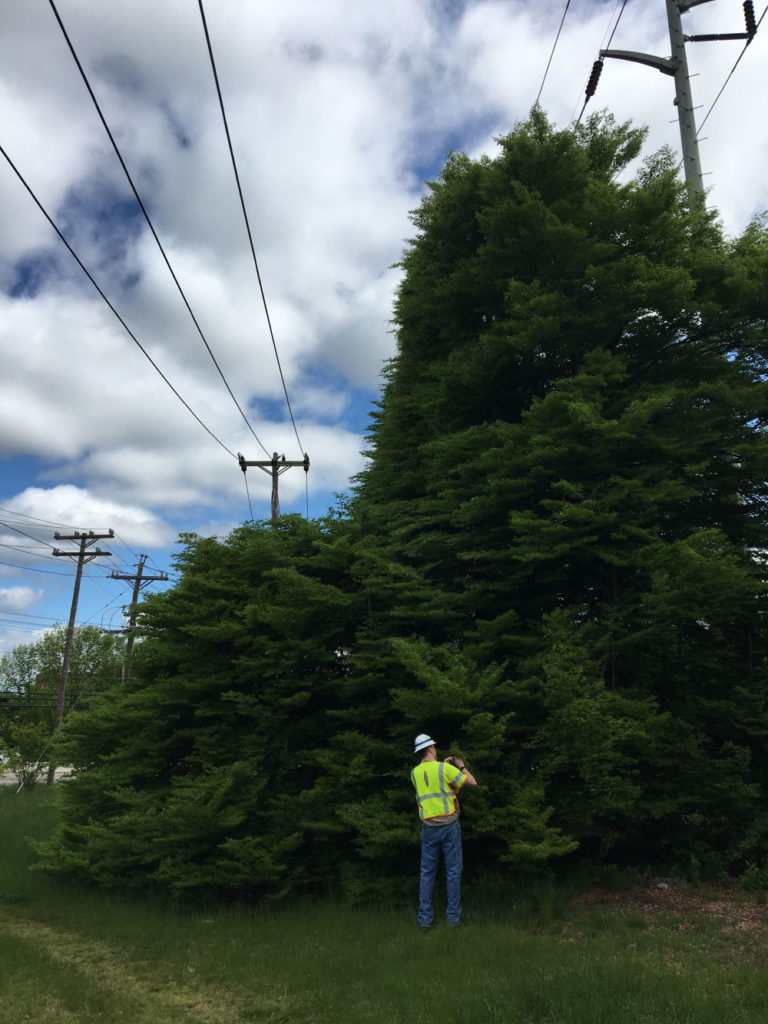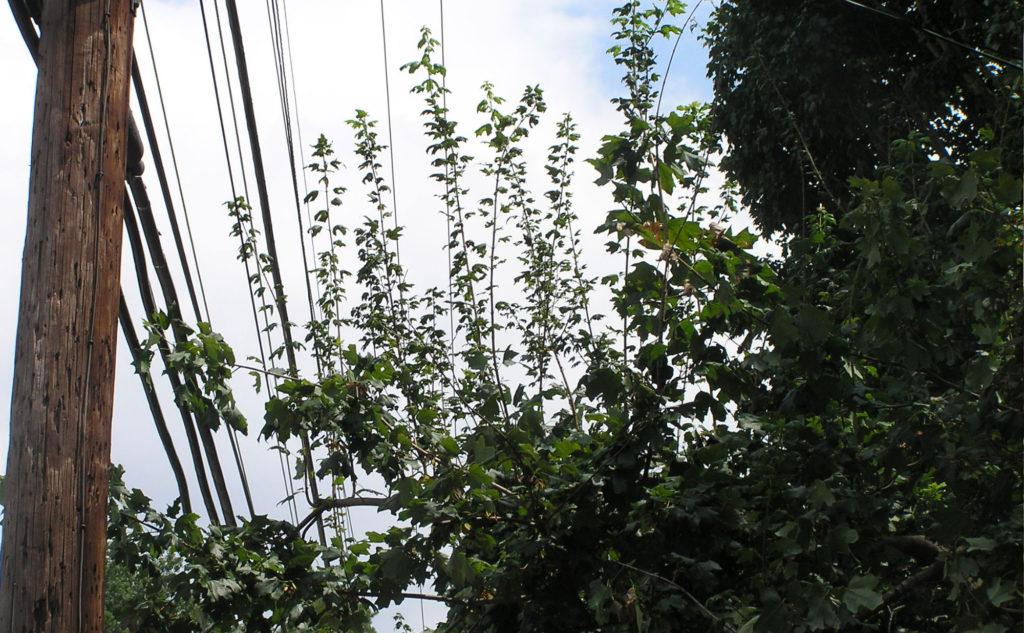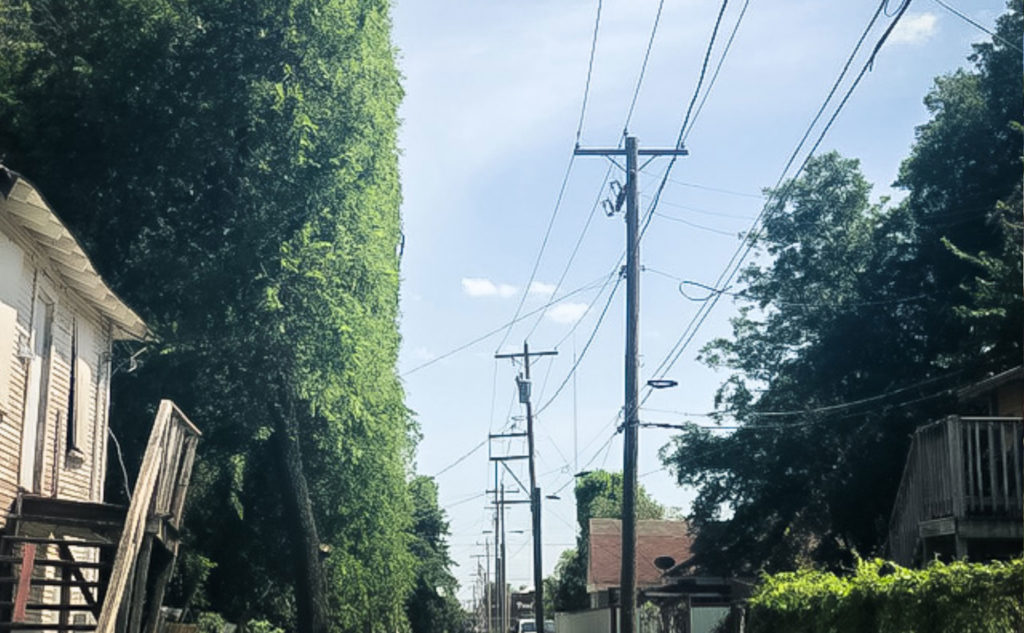The History and Use of Growth Regulators
Plant growth regulators (PGRs) and tree growth regulators (TGRs) are widely used tools for managing vegetation growth in many circumstances that were first developed over 50 years ago. Broadly defined, a growth regulator is simply any treatment used to alter the development of all or part of the plant. Modern growth regulators work with plant hormones to achieve their results.
Common uses of Growth Regulators by Arborists on trees
- Utility line clearance
- Construction damage
- Compacted soils
- Learn More

Growth Regulators & Utility Line Clearance


Growth regulators are widely used by arborists and other tree health professionals to benefit trees in several ways. In fact, if you were to call in a ‘tree doctor’ for help with a declining shade tree in your yard, they may prescribe the same treatment the utility is using to keep trees from power lines. This treatment is being provided by your utility at no additional cost to you. And, it has benefits to your trees beyond keeping them out of the power lines.
Line clearance pruning often stimulates the regrowth of dense, upright branches just below the pruning cut. These new shoots, referred to as suckers or water sprouts, are not as structurally sound as the naturally occurring branches. These water sprouts often consist of succulent growth that is more susceptible to diseases and herbivorous insects such as aphids and caterpillars.
Sucker growth that results from line clearance pruning is generally rapid and vigorous. This results in the tree under a utility line growing back to its original height faster and denser than a tree that has been properly pruned or thinned. Deteriorating branch stubs and weak water sprout growth make these trees highly vulnerable to wind and ice damage. This makes line clearance through pruning alone a short-term solution to keeping trees free from interference.
When a growth regulator is applied in conjunction with pruning, it gently slows the branch re-growth of trees. This advantage allows for reliable, cost-conscious, and environmentally friendly power.
